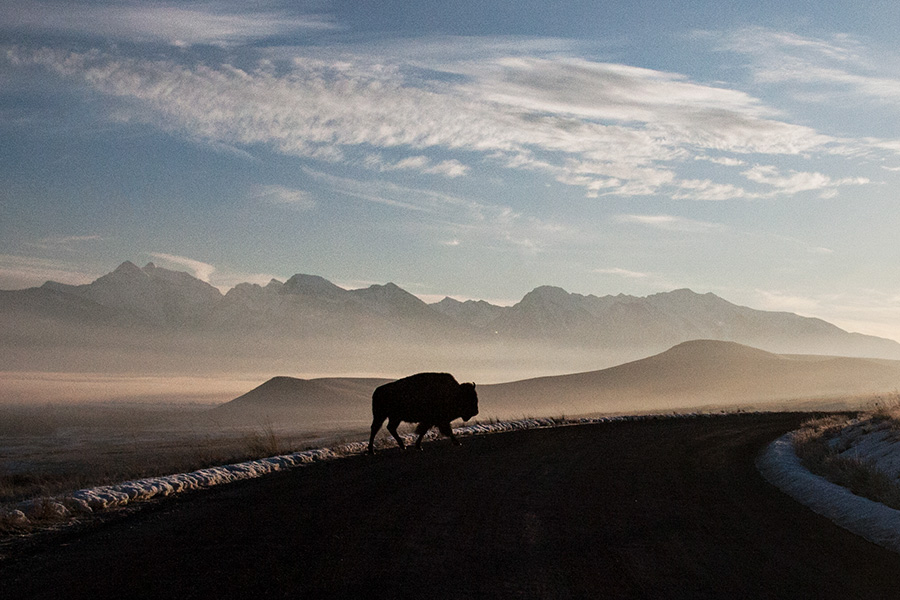The U.S. Fish and Wildlife Service on Aug. 10 entered the first phase of reopening the National Bison Range after restricting visitor access due to COVID-19 concerns in April.
Although visitor services are limited and the visitor center and nature trails remain closed, the public can visit the National Bison Range in Moiese and take the popular Red Sleep Mountain Drive or the shorter West Drive auto tour.
Access to the National Bison Range is allowed from 6 a.m. to 6 p.m., but visitors wishing to take the Red Sleep Mountain Drive, the range’s main attraction, must enter the gates by 4:30 p.m. The 19-mile drive takes approximately 90 minutes.
According to Refuge Manager Amy Coffman, the National Bison Range reopened under phase one guidelines, allowing visitor access for the first time since its closure on April 9 due to the COVID-19 pandemic. According to the agency, the closure was implemented “to ensure the health and safety of our visitors and employees in light of the novel coronavirus pandemic and the large increase in visitation experienced at the refuge in recent days that was precluding effective social distancing.”
In its press release announcing the closure, FWS officials stated it was supported by Gov. Steve Bullock, Lake County officials and the Confederated Salish and Kootenai Tribes (CSKT), who restricted recreation on nearby tribal lands to prevent crowding and curb the spread of the virus.
As CSKT leaders have eased restrictions, Coffman said the phased reopening of the Bison Range is designed to align with those decisions.
The Bison Range was established within the boundaries of the Flathead Indian Reservation in 1908 for the express purpose of conserving the American bison during a time when the species was on the verge of extinction.
Collection boxes allow visitors to pay the $5 fee or additional donations to accommodate social distancing, and while some staff is on hand, Coffman urged visitors to be respectful of public health guidelines.
“We are busier than normal for this time of year, and the autotours have been extremely popular,” Coffman said. “We are asking visitors to be respectful of one another and the staff, and to maintain a safe and respectful distance from the wildlife.”
Litter and vandalism became issues as visitation surged this spring, and Coffman said additional reopening phases are contingent on the public’s cooperation.
The National Bison Range is currently in phase two, which has allowed volunteers and donation collections to resume, while phase three would allow the visitor center and day use areas to reopen.
